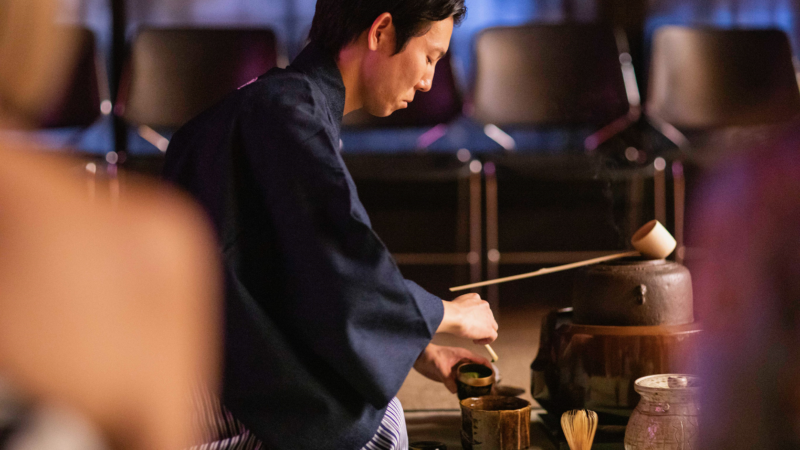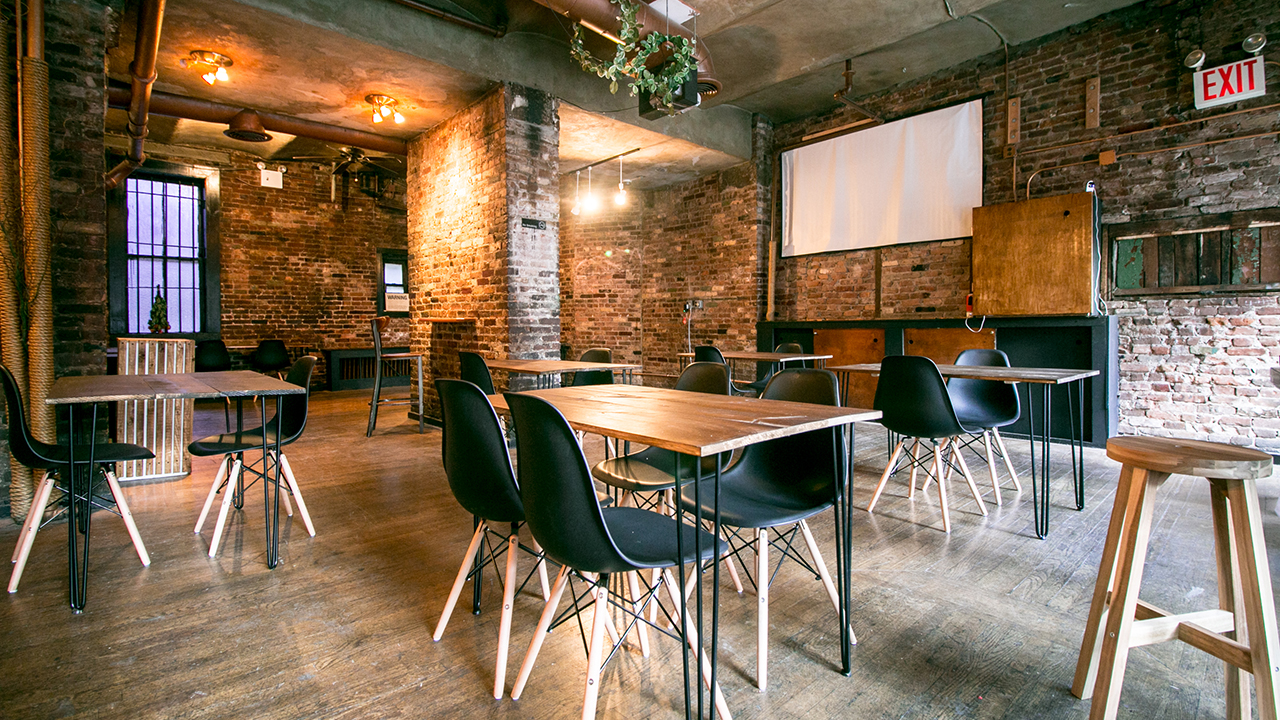Deborah Klens-Bigman ◆ March 1, 2015

Recently, I gave an interview to a young reporter for a weekly, local newspaper. The article was a “first person” type, in which the reporter tried out something new and then wrote about her experience. In my case, she tried out my Japanese Swordsmanship class.
I tried to make the class as typical as possible, even though it was difficult to be “typical” with the reporter, dressed in street clothes and wearing a lot of jewelry, and a camera crew in the room. As the class progressed, I forget what prompted her, but at one point she said to me, “So you still train?”
‘Of course,” I replied. But her remark stayed with me.
I still train. Of course I still train. It’s true, I have occasionally met other martial artists who teach their students, and perhaps work out on their own, but who no longer train with a teacher. With all due respect to them and their expertise, I would look askance at any traditional martial arts practitioner who was not training with someone on a regular basis. Unlike some more modern styles, traditional budo takes a very long time; in all likelihood, a lifetime (or longer!) to learn.
There are a number of very good reasons for this. Firstly, there are different levels of training. Generally, in my experience, traditional budo styles have three levels of training – shoden (beginning level), chuden (middle level) and okuden (“oral tradition,” the level learned directly from a master, though the term is often simply defined as “upper level”). Learning all three levels, even for a diligent student, takes some time. Moreover, learning the okuden level is not purely dependent on technical accomplishment, but whether the student, in the teacher’s judgment, has reached a level of maturity where she could be trusted with what used to be considered secret teachings.
Most importantly, though, the reason for continuing to train is not simply to learn new kata, but because of constant change. We get older; our bodies change. We might gain or lose weight, or develop some physical problem that requires a different approach to technique. We can develop bad habits that need correction by someone who knows better. As one of my teachers once told me, “K Sensei kicks my butt, so I kick yours. That’s how it works.” And perhaps K Sensei rethinks a technique, which, as headmaster, he is entitled to do. So, in addition to correcting old problems and learning new material, we must adapt to whatever the current thinking is on a given technique.
I have never met a traditional budo teacher, whatever his rank or years of experience, who does not continue to train. Even the headmasters of traditional styles go to the dojo regularly. Teaching and observing are yet other ways to learn.
I suppose it sounds frustrating – keep training, training – but it isn’t. Because there is always the possibility that some insight will appear to knock my socks off, even when working on a kata that I’ve done for 10 years. I know some modern martial artists who don’t teach beginners, because they are bored with beginning techniques; but beginners are sometimes the most surprising students, because they ask questions that I have to think about before answering. That keeps the subject fresh. I keep training because there’s always something new to learn.




